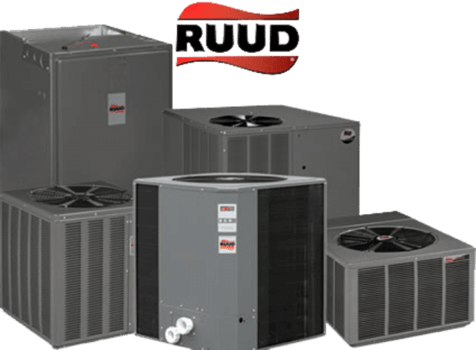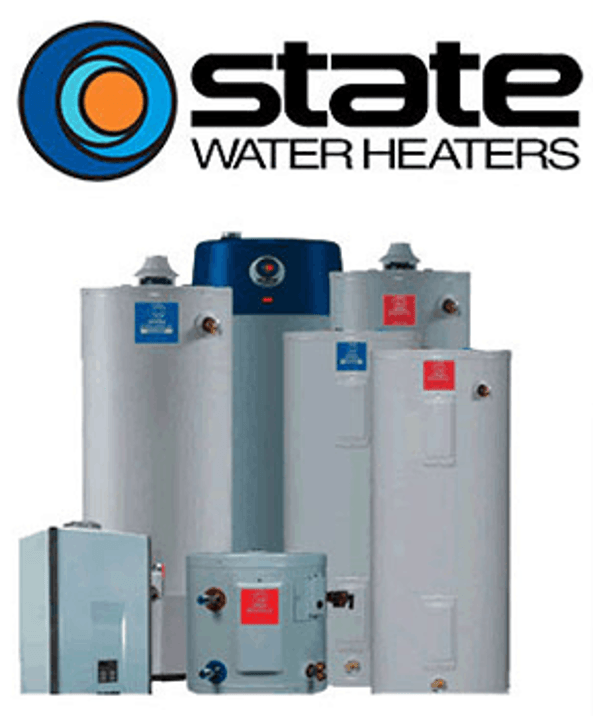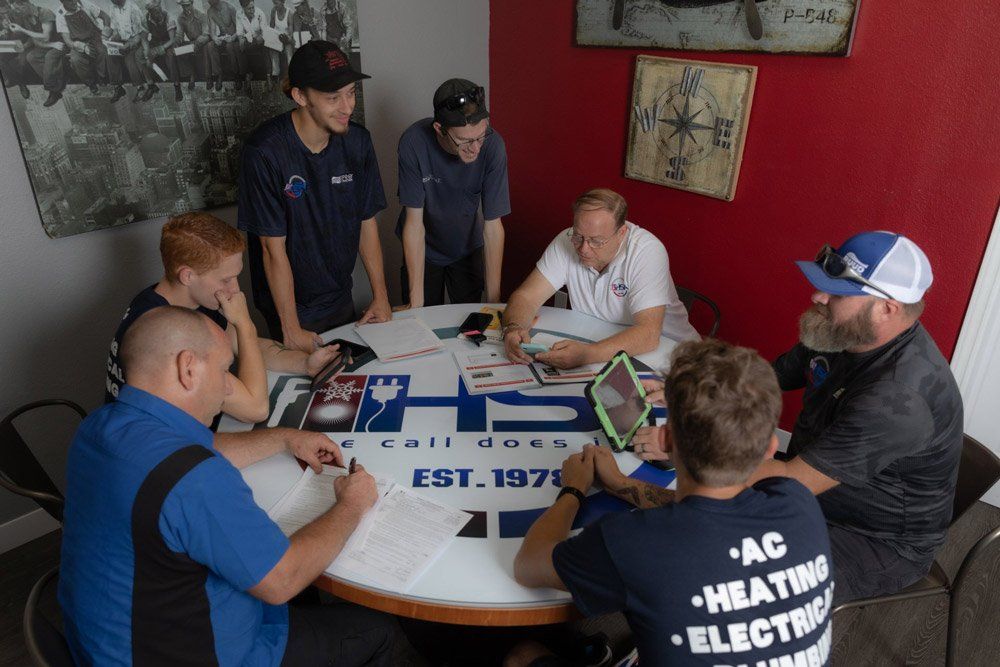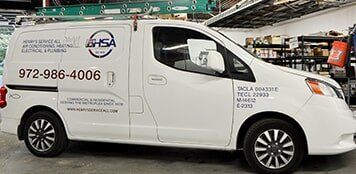A Homeowner's Guide to Whole-House Air Purifier Options

According to the Environmental Protection Agency (EPA), Americans spend an average of 90 percent of their time indoors where the level of some air pollutants can be a much as 2 to 5 times higher than outdoors. For this reason, all homeowners should consider installation of whole-house air purifier systems.
These systems remove more pollutants from home air than traditional HVAC filters can, and some even kill potentially deadly viruses and bacteria that can linger in the air.
Read on to learn about your whole-house air purifier options and the benefits of each of these devices.
Extended Media Filter
An extended media HVAC filter is a great option if you want an affordable air purifier that will remove more contaminants from your home air than a traditional 1-inch HVAC air filter can. While extended media filters vary in width, most are about 8-inches thick and housed in metal cabinets. This filter is typically placed inside of the return air duct of an HVAC system where air can flow through it before it circulates back into your home.
The average extended media filter traps more contaminants than a standard filter can. However, be sure to choose a filter with a high Minimum Efficiency Reporting Value (MERV) rating to ensure your new filter removes as many contaminant particles from your home air as possible. Filters with higher MERV ratings can trap much smaller contaminant particles than those with lower MERV ratings.
For example, while a filter with a MERV rating of 1 to 4
will remove dust mites, pollen spores, and sanding dust from the air, a filter with a MERV rating of 13 to 16 can remove bacteria, smoke particles, and even tiny lead particles from your home air.
While standard HVAC filters must be changed at least every few months (due to weather in Texas, it is recommended to change every month every month)
, extended media filters often stay in good shape for as long as one to two years before needing replacement (due to weather in Texas, it is recommended to change every six months)
Electronic Filters
Electronic filters, also called electrostatic precipitators, are additional affordable whole-house air purifier options.
Instead of simply filtering contaminant particles from the air with a regular filter, these filters use an electric wire to charge airborne contaminants passing through the filters. The electrically charged particles then cling to special aluminum contaminant collector plates where they remain until they are removed from these plates during regular cleaning sessions.
These filters can remove about 60 to 95 percent
of all small particles from the air flowing through them, although their efficiency decreases as collection plates become covered in particles.
Electronic filters are known to remove even very small particles from the air that are will not cling to most media filter surfaces. However, these filters do have trouble removing some airborne contaminants that do not hold an electrical charge well.
Ion Generatorsv
Ion generators, or ionizers, are similar to electronic filters. However, instead of charging just contaminant particles, these air purifiers use electrically charged carbon fiber brushes to charge the air molecules surrounding these particles. These charged air molecules then release negative ions that attach to airborne contaminants and remove them from the air.
Like electronic filters, ionizers often remove tiny particles that are difficult to remove with traditional filters.
Ultraviolet Filters
Ultraviolet filters, also called ultraviolet germicidal irradiation (UVGI) air cleaners, do not remove all airborne contaminants from the air, but instead kill only airborne bacteria, viruses, fungal spores, and other microorganisms. These filters contain special lamps that project germ-killing UV rays at the microorganisms flowing through them to kill them.
Ultraviolet air cleaners are commonly used in hospitals to help keep the air in the building as germ-free as possible. However, UVGI air cleaner effectiveness can vary greatly based on air cleaner design and how long microorganisms are exposed to the UV lights in the air cleaner units. A unit with a longer UV-light exposure time kills more germs than one with a shorter exposure time.
While typical HVAC air filters help keep dust particles out of an HVAC system to help maintain its efficiency, whole-home air purifiers remove more contaminants from home air to make it healthier for your family to breathe. Contact the HVAC experts at Henry's Service All to discuss whole-house air purifier
installation today.











